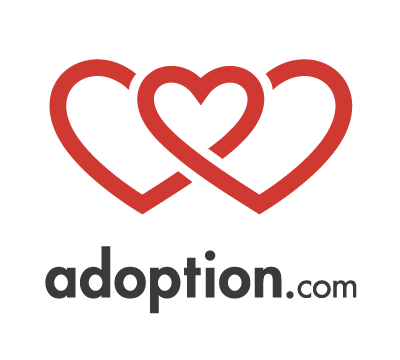Resources for Kids Transitioning from Foster Care
Foster care is, by definition, a time of transition for children and teenagers. Though the wheels of bureaucracy do not move quickly, all children in care will face a transition out of care at some point. Here are the three main ways that happens (and some resources to help support kids in each situation):
Transitioning from foster care back into their family
The first goal of foster care is almost always reunification with a child’s family. This may happen within hours of coming into care – or it may take years. As reunification gets closer, the foster parents, social worker and therapist should work together to help the child prepare for and process the transition. Depending on their age, temperament, and background, children may experience a variety of emotions and display a variety of behaviors during this time. You can find some print resources to help ease the transition to reunification at Child Welfare.
Transitioning from foster care into an adoptive family
If reunification is determined by the court to be impossible or unsafe for the child, an adoptive placement will usually be sought. Sometimes a child’s foster parents can be considered as an adoptive resource. Even if the child has been living with this family for months or years, the transition from foster care to becoming a permanent member of the family can be a challenge for the child. Again, it’s a good idea for the foster parents, social worker, therapist (and CASA if involved) to work together to help the child process this change.
Other times, a child will move from their current foster home into a potential adoptive family (usually a child must live with the pre-adoptive family for six months before the adoption is finalized). In this case, adjusting to a new home and family presents unique challenges for the child. Learn more about helping a child transition from foster care into an adoptive placement.
Transitioning from foster care into adulthood
When a child reaches adulthood without achieving permanence through reunification or adoption, they will usually “age out” of the foster care system. The best resource for young adults in this situation is relationships with caring adults who can help them successfully navigate adulthood. Even if they have not been legally adopted, sometimes former foster parents can provide this kind of positive relationship. In other situations, mentors or other community members might step in to provide support and guidance. You can find some print resources to help youth aging out of foster care at Child Welfare.
However they leave foster care, the transition can be a challenge for children and teenagers. It need not be an insurmountable challenge though. With encouragement and guidance from the caring adults in their lives, these challenges can build resilience and help set children up for a successful future.







